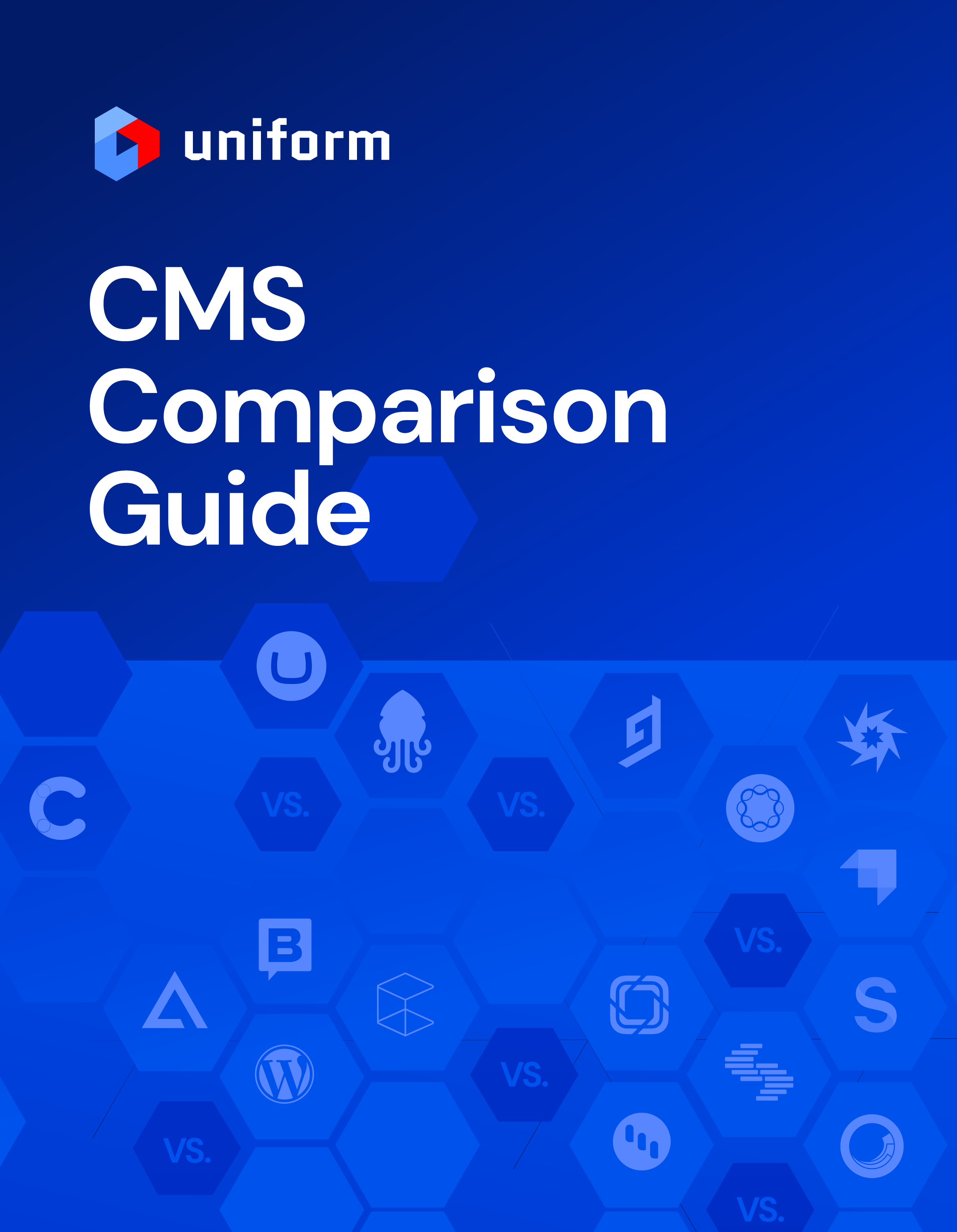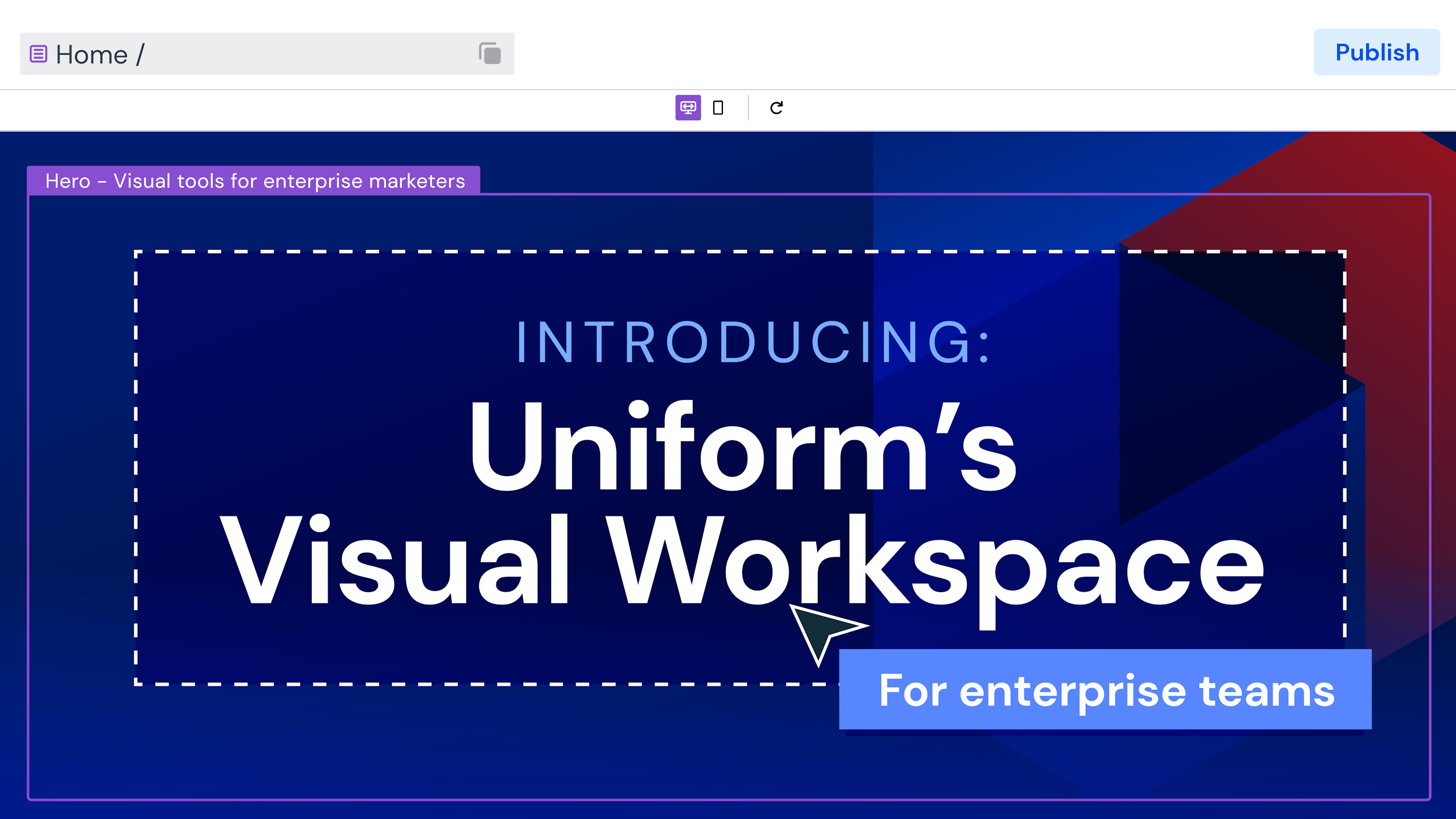Uniform blog/The past, present, and future of headless CMSes
The past, present, and future of headless CMSes
The past, present, and future of headless CMSes
If content is king, the content management system (CMS) is the palace where all-important content lives, grows, and interacts with the rest of the digital kingdom. Not surprisingly, as the digital sphere keeps growing exponentially, CMS has become a crucial tool for omnichannel brands. The current focus is on headless CMSes, whose decoupled architecture separates the content repository from the presentation layer or “head.”
I’ve worked with headless CMSes for years and was recently interviewed for the Discover Headless Tech series, hosted by Marcello Lewin of HeadlessCreator.com. In the first part of a two-part series, we discussed the evolution and current status of headless CMSes. Below are the highlights.
The evolution
Headless started as a tool for tech-savvy CMS users who desired to break away from the constraints of legacy monolithic suites. Those users happily gravitated to and evangelized headless with which they could choose technologies at will. The content-creation process became more complex for business users, however, limiting the appeal and adoption of headless CMSes.
The current status
Concurrent with the advent of the headless industry over the past years, vendors have made strides to improve the editorial workflow for content creators. For example, now available are enterprise-centric features like content workflows and governance and ways in which companies can manage content and users at scale. By and large, the feature and functionality gaps between headless and legacy CMS tools have shrunk by a wide margin.
On the other hand, brands are strategizing content to get the most value from headless CMSes by answering three key questions:
- What are the audiences we want to reach?
- What content formats should we apply?
- What are the channels through which we can reach those audiences?
To optimize the benefits of headless CMSes, enterprises are beginning to hire content designers, content strategists, and content engineers to put the right strategy in place.
The issues
Headless CMS users have come across various problems, notably the following:
- Plethora of tool options. The wide variety of choices of headless CMS tools is overwhelming for brands as they endeavor to pick the best options that meet their needs.
- Complexity of pricing. The headless CMS pricing models based on the number of users, locales, content types, and other factors are counterintuitive to the preferred model of implementing CMS, i.e., one that’s based on business valuation. Such a model is rare, however.
- Confusion with omnichannels. For all the buzz of omnichannels, many companies are still on a page-centric model, using their headless CMS tools in a legacy fashion and focusing on webpage content. Despite the efficacy of headless CMSes, crafting content to fit website design makes it hard to maintain and update content for different channels.
Overall, content creators are still looking for better ways to work with headless CMSes.
The next steps
Emerging industry trends, such as more emphasis on enhancing the authoring experience, point to an exciting future for headless CMSes. As an example, headless CMS vendors are offering more workflow-customization capabilities across the touchpoints of the content-creation process. That move coincides with the content creators’ desire for a more effective way of working with CMS, that is, support the intent of the content rather than focusing on its design.
In the times ahead, the headless CMS industry will continue to mature and adapt to the constantly shifting needs of marketers and other business users. For more details, watch the interview, and check out part 2 of this conversation to learn what’s next for headless CMSes.

The ultimate guide to choosing a CMS
DOWNLOAD FOR FREE



